In African art, this type of work is associated with the artistic movement named after the ancient religious capital of Nigeria, Ifè, one of the many city-states established by the Yoruba. This civilization succeeded the Nok civilization. In Ilé-Ifé, whose prosperity peaked in the 12th to 15th centuries, an artistic tradition developed characterized by realistic royal portraits and funerary effigies in bronze and terracotta. The parallel folds on the neck are said to represent the folds of flesh of prosperous notables, while the hollowed-out parts were designed to secure the king's beaded veil. The parallel lines on the face symbolize traditional scarifications. The bronze heads were made using the lost wax technique, which may have been imported from Sudan or introduced by traveling blacksmiths from Mediterranean regions, initially used for making tools and bells.
PLEASE NOTE THE PRICE OF TRANSPORT INCLUDES LOSS, THEFT AND BROKENAGE INSURANCE.


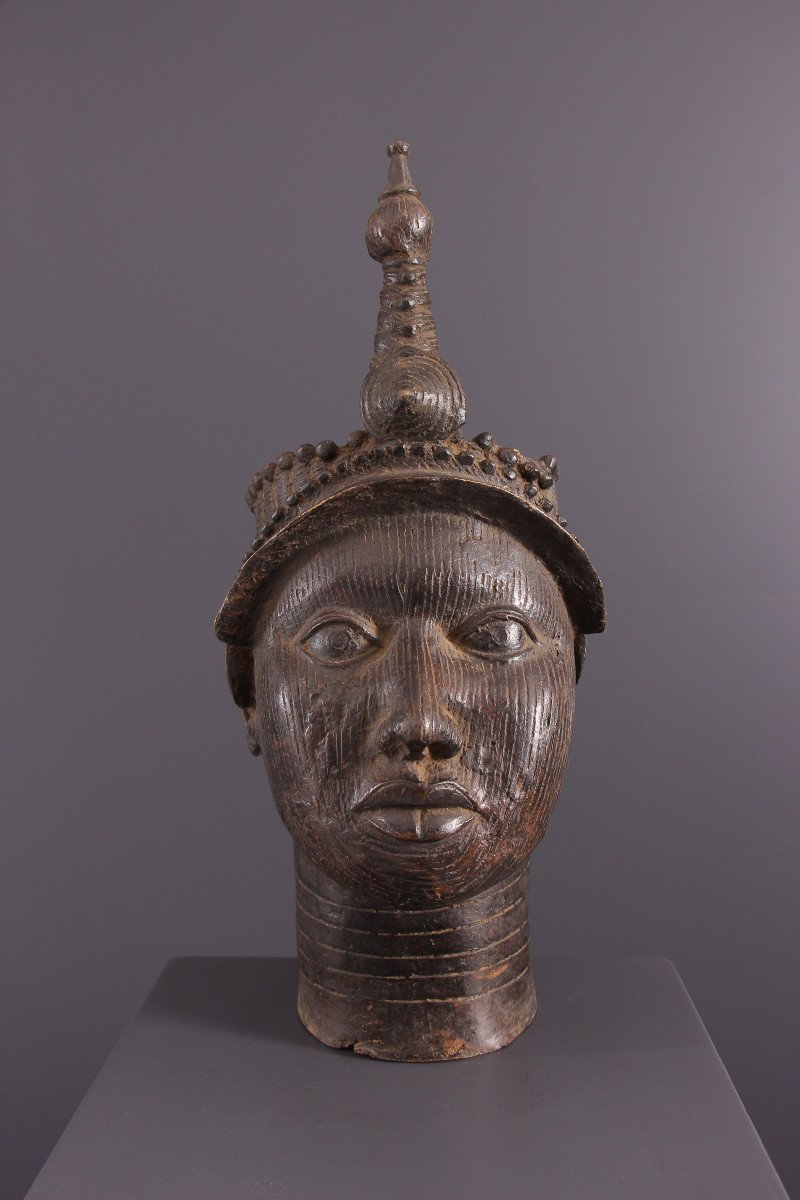



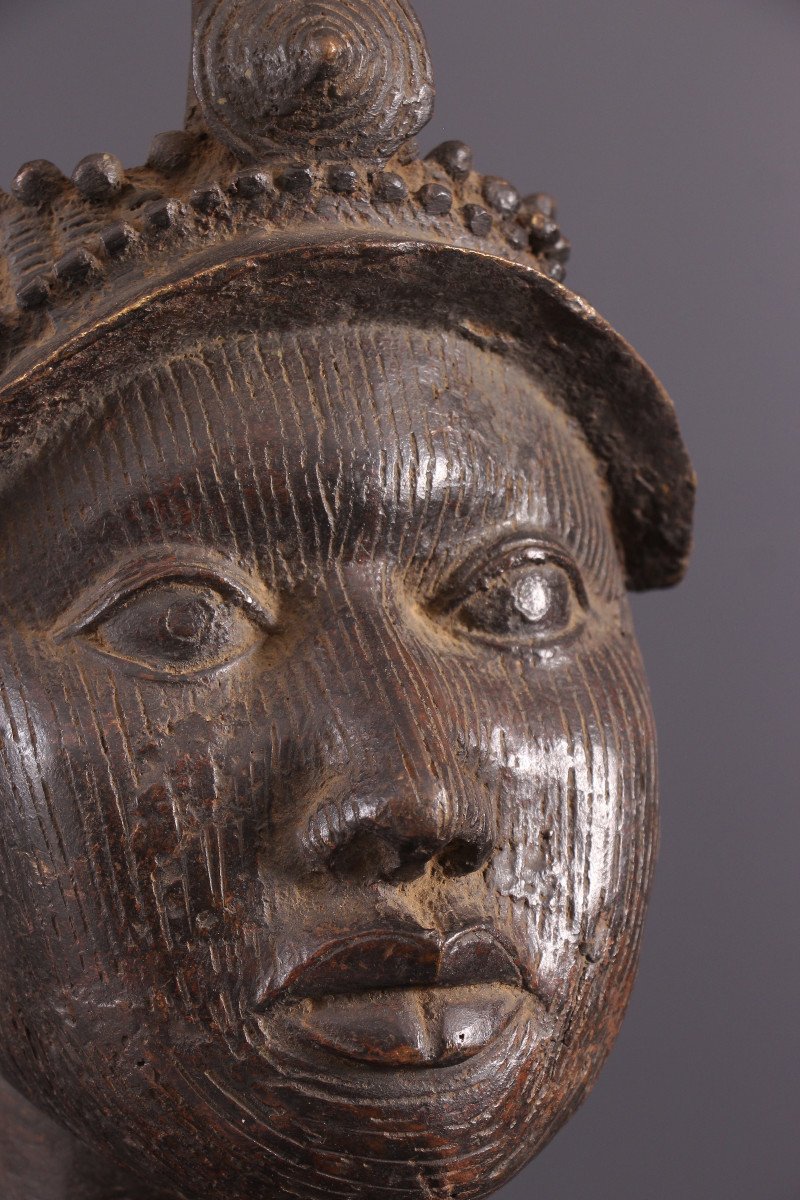
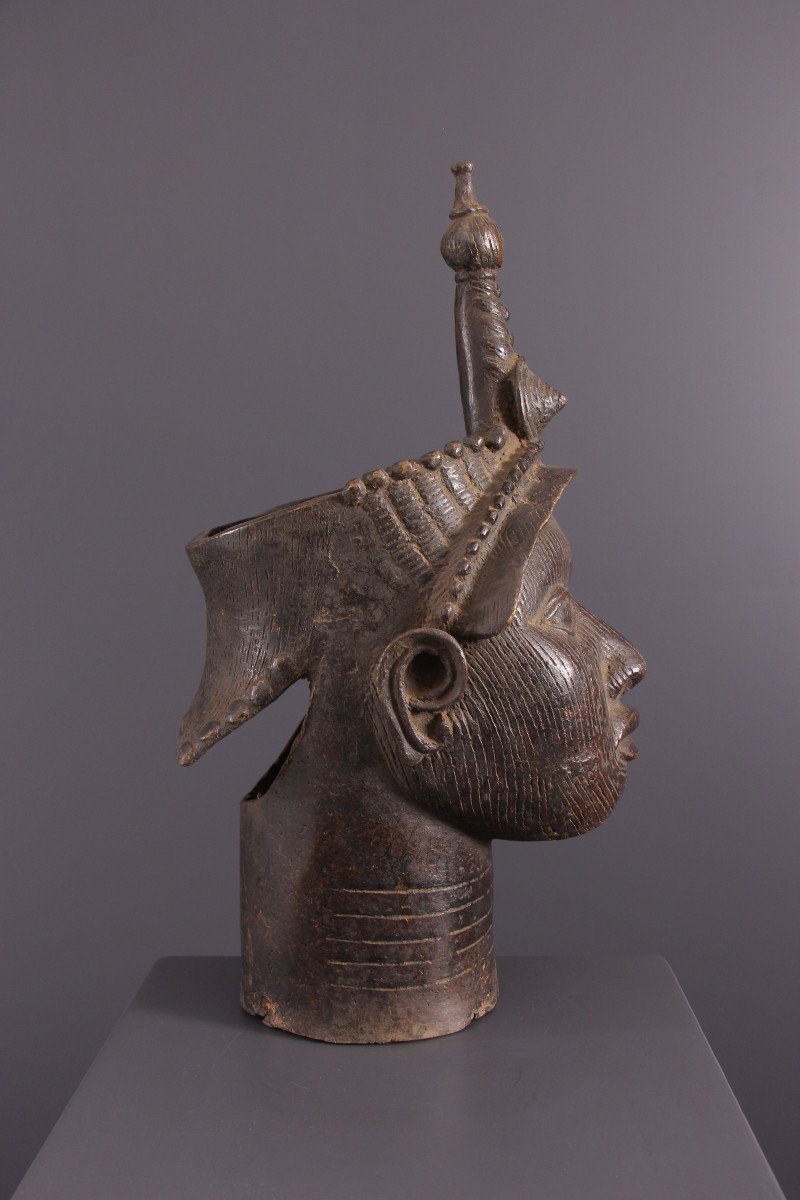









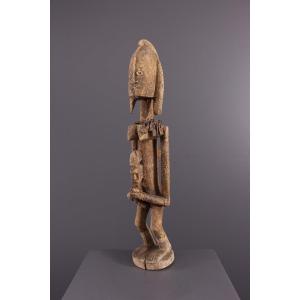
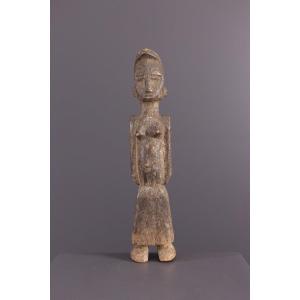
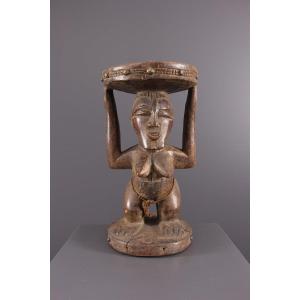
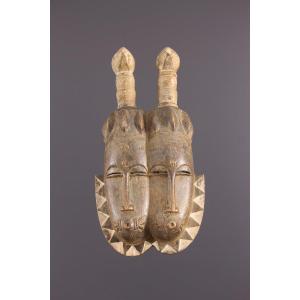







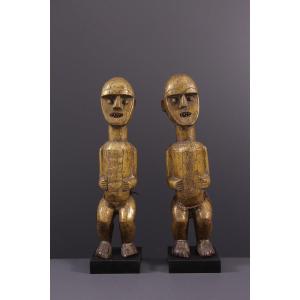
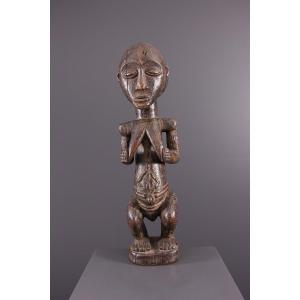

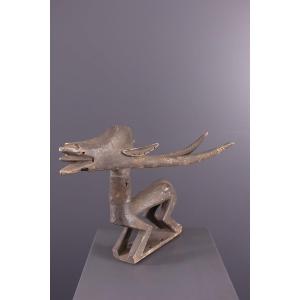








 Le Magazine de PROANTIC
Le Magazine de PROANTIC TRÉSORS Magazine
TRÉSORS Magazine Rivista Artiquariato
Rivista Artiquariato